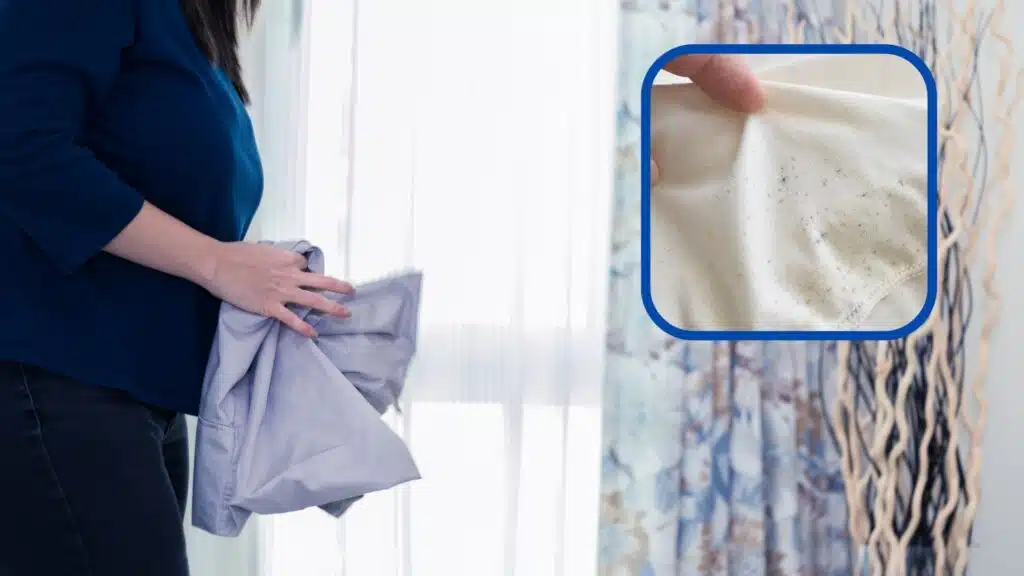
Decorative pillows add a touch of style and comfort to any room, but over time, they can accumulate dust, dirt, and stains. Knowing how to wash decorative pillows properly is crucial to maintaining their appearance and extending their lifespan. Washing decorative pillows might seem daunting, especially if they come with intricate designs, delicate fabrics, or special embellishments. However, with the right techniques, you can keep them looking fresh and clean without damaging their structure.
In this comprehensive guide, we’ll explore the best methods for washing decorative pillows, covering everything from spot cleaning to machine washing and drying. Whether your pillows are made of cotton, silk, or synthetic materials, this step-by-step guide will help you care for them correctly. Let’s dive into the details and ensure your decorative pillows remain as beautiful as the day you bought them.
Table of Contents
1. Understanding the Fabric and Fill Type
how to wash decorative pillows? Before you start washing your decorative pillows, it’s essential to understand the fabric and fill type. Different materials require different care methods, and using the wrong approach could damage the pillow.
Reading the Care Label
The first step in determining how to wash decorative pillows is to read the care label. The label typically provides crucial information about the fabric, fill type, and any specific washing instructions. Some pillows may be machine washable, while others might require hand washing or dry cleaning. Pay close attention to these instructions to avoid ruining your pillows.
Common Fabric Types and Their Care
Decorative pillows come in a variety of fabrics, each with its care requirements:
- Cotton: Cotton pillows are generally durable and can often be machine washed. Use a gentle cycle with cold water to prevent shrinking.
- Silk: Silk is a delicate fabric that typically requires hand washing or dry cleaning. Avoid using harsh detergents and always wash in cold water.
- Velvet: Velvet pillows should be treated with care. Spot cleaning is often recommended, and machine washing should be avoided unless specified by the care label.
- Linen: Linen is sturdy but can wrinkle easily. Hand washing or using a delicate machine cycle with mild detergent is best.
Understanding Fill Types
The fill type is equally important when considering how to wash decorative pillows. Common fill materials include:
- Down/Feather: Down and feather pillows can often be machine washed but require special care to prevent clumping. Use a gentle detergent and add tennis balls to the dryer to help fluff the feathers.
- Polyester: Polyester-filled pillows are generally machine washable and easy to care for. A mild detergent and a gentle cycle will keep them in good shape.
- Memory Foam: Memory foam pillows should not be machine washed. Spot cleaning and air drying are the best methods to maintain their shape and structure.
2. Preparing Your Decorative Pillows for Washing
Once you’ve determined the fabric and fill type, it’s time to prepare your pillows for washing. Proper preparation ensures that the washing process is effective and that your pillows remain in top condition.
Removing the Pillow Cover
how to wash decorative pillows? If your decorative pillows have removable covers, take them off before washing them. The covers can usually be washed separately, following the care instructions on the label. Washing the covers separately from the pillow inserts allows for a more thorough clean and prevents any damage to the filling.
Spot Cleaning Stains
Before fully washing your pillows, check for any stains or spots that need special attention. Spot cleaning is an effective way to treat specific areas without exposing the entire pillow to water and detergent.
- For Fabric Stains: Use a mild detergent mixed with water. Dab the stain with a clean cloth or sponge, being careful not to rub too hard, as this can damage the fabric.
- For Oil-Based Stains: A small amount of dish soap can help break down the oil. Gently apply the soap with a cloth and rinse with water.
- For Ink or Dye Stains: Consider using a specialized stain remover designed for the specific type of fabric.
Testing for Colorfastness
Make sure the cushion or cover is colorfast by testing a tiny, discrete area before washing the entire item. Apply a small amount of water and detergent to the fabric and blot with a white cloth. If the color transfers, it’s best to avoid washing the pillow in water, as the colors may bleed.
3. Washing Decorative Pillows
Now that your pillows are prepped, it’s time to wash them. Whether you’re using a washing machine or washing by hand, following the right steps is crucial for a successful clean.
Machine Washing Decorative Pillows
If the care label indicates that machine washing is safe, follow these steps:
- Choosing the Right Cycle: Use a gentle or delicate cycle with cold water. Delicate fabrics may suffer from shrinkage and damage from hot water.
- Selecting the Detergent: Opt for a mild, color-safe detergent. Bleach should not be used as it can damage the fabric and cause color fading.
- Loading the Machine: Wash two pillows at a time to keep the load balanced. If washing only one pillow, add towels to balance the drum and prevent excessive wear on the pillow.
- Rinsing Thoroughly: Ensure the pillows are thoroughly rinsed to remove all detergent. Leftover soap can leave residue and make the pillows feel stiff.
Hand Washing Decorative Pillows
For more delicate fabrics or pillows with intricate designs, hand washing is the safer option:
- Filling a Basin: Fill a large basin or bathtub with cold water and add a small amount of mild detergent.
- Submerging the Pillow: Gently submerge the pillow, pressing it down to allow the water to penetrate the fabric and filling.
- Agitating the Water: Gently agitate the water by moving the pillow around. Avoid scrubbing or twisting, as this can distort the shape of the pillow.
- Rinsing Thoroughly: Drain the soapy water and refill the basin with clean water. Continue rinsing until the water runs clear and all detergent is removed.
Dry Cleaning Decorative Pillows
Some decorative pillows may require dry cleaning, especially those made of delicate fabrics like silk or velvet. If the care label recommends dry cleaning, take the pillows to a professional cleaner who specializes in home textiles. This will ensure that the pillows are cleaned thoroughly without risking damage.
4. Drying Decorative Pillows
Drying is a critical step in the process of how to wash decorative pillows. Proper drying prevents mold, mildew, and unpleasant odors.
Air Drying
Air drying is often the safest method, especially for delicate fabrics and down-filled pillows:
- Laying Flat: On a dry, clean surface, place the pillows flat. Place them in a well-ventilated area, preferably outdoors in the shade. Stay out of the direct sun as it can fade.
- Flipping and Fluffing: Flip the pillows occasionally to ensure even drying. Fluff them regularly to help maintain their shape and prevent clumping.
- Allowing Ample Time: Air drying can take several hours or even a full day, depending on the pillow’s size and fill. Be patient and ensure the pillows are completely dry before using them.
Using a Dryer
If you prefer using a dryer, follow these tips to avoid damage:
- Low Heat Setting: Use a low or no-heat setting to prevent shrinking or overheating the fabric.
- Adding Dryer Balls: Add a few dryer balls or clean tennis balls to the dryer. These will help fluff the pillows and keep the filling evenly distributed.
- Checking Frequently: Stop the dryer periodically to check the pillows. If they feel warm or appear to be shrinking, remove them immediately and continue drying them with air.
- Ensuring Complete Drying: Make sure the pillows are thoroughly dry before putting them back into use. Any remaining moisture can lead to mold growth.
5. Maintaining Decorative Pillows Between Washes
Regular maintenance can extend the time between washes and keep your decorative pillows looking their best.
Regular Fluffing and Shaking
Fluff and shake your decorative pillows regularly to keep them looking full and to prevent the filling from becoming lumpy. This is especially important for down-filled pillows, which can flatten over time.
Spot Cleaning as Needed
Rather than waiting for your pillows to become visibly dirty, spot-clean them as needed. This can help prevent stains from setting and reduce the frequency of full washes.
Using Pillow Protectors
Pillow protectors are a great way to keep your decorative pillows clean. These removable covers can be easily washed and protect the pillow from dirt, dust, and stains.
Storing Pillows Properly
Keep your decorative pillows in a dry, cool spot while not in use. Avoid placing heavy items on top of them, as this can cause the pillows to lose their shape.
Conclusion
Learning how to wash decorative pillows is essential for maintaining their beauty and extending their lifespan. Whether your pillows are made of cotton, silk, velvet, or any other material, following the correct washing and drying procedures will keep them looking fresh and inviting. From understanding the fabric and fill type to drying and maintaining your pillows, this guide has covered all the necessary steps to care for your decorative pillows properly.
Have you tried washing your decorative pillows using any of these methods? Share your experiences in the comments below! Your tips and tricks could help others keep their pillows looking their best.
FAQs For How to Wash Decorative Pillows?
Can I wash all types of decorative pillows in the washing machine?
Not all decorative pillows are machine washable. To choose the best option, always read the care label.





